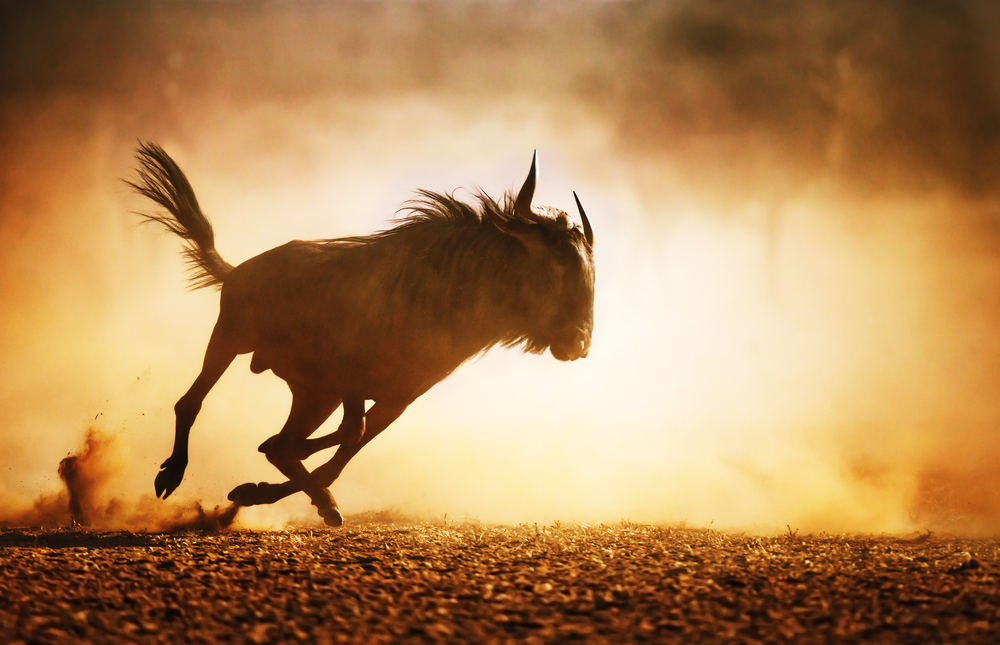
The animal kingdom isn’t averse to travelling great distances to get what it wants. Next time you find yourself moaning about how long it takes you to pop down the shops, consider the struggle of these seven amazing creatures and count yourself lucky you won’t be wading through a crocodile-infested river just to grab your groceries this week.
1. Sockeye Salmon

Racing 900 miles through freshwater rivers and climbing 7,000ft above their home in the Pacific Ocean, the salmon who survive this epic pilgrimage end up breeding in the same stream where they first started their lives. When they’re born, the newly hatched fish are swept back downstream to the sea, where they’ll live until the cycle repeats in their adulthood.
2. Dragonflies

Scientists believe that globe skimmer dragonflies act like migrating birds, travelling huge distances across the ocean from southern India to get to the Maldives. It’s a mysterious journey with no clear purpose, especially since the chain of islands lacks fresh water which is essential to the insects’ survival.
3. Whales

Photo by Andrea Izzotti
Whale migrations match the animals’ epic size. Gray whales regularly swim thousands of miles from their chilly feeding grounds to balmier mating grounds, although one female has blown her fellow cetaceans out of the water with a whopping migration from Russia to Mexico. This 14,000 mile journey is the longest mammal migration on record.
4. Christmas Island red crabs

Photo by John Tann / Flickr.
Christmas Island, an Australian territory in the Indian Ocean, is home to the humble red crab. These crustaceans usually live in the island’s forests, but once a year over 50 million of them head to the sea to mate and spawn. Busy roads become carpets of bright red crabs, with many getting crushed by moving cars on their way to the coast.
5. Caribou

Photo by Jeff McGraw
North American caribou (also known as reindeer) travel further than any other terrestrial mammal for their migrations—their annual journey can span more than 3,000 miles. The deer travel from their forested winter homes to the open tundra for breeding, choosing to move in large numbers to deter packs of wolves and other predators.
6. Wildebeests

Photo by AndreAnita / Shutterstock
Each year approximately 1.5 million wildebeest travel 1,200 miles north from the Serengheti in Tanzania to the Masai Mara in Kenya. The mind bogglingly large herd helps to deter predators like lions, cheetahs and crocodiles, which lurk in the shallows of the Mara river waiting to pick off the stragglers. Zebras and gazelles also team up with wildebeests to avoid becoming dinner.
7. Sea turtles

Mother leatherback turtles are hardy and wise creatures, travelling between Indonesia and the US (an impressive 12,000 mile voyage) and navigating back to the very same beach where they were born. Many of the baby turtles are gobbled up by seabirds on their way to the shore, with only 1% surviving to continue mum’s incredible legacy.
